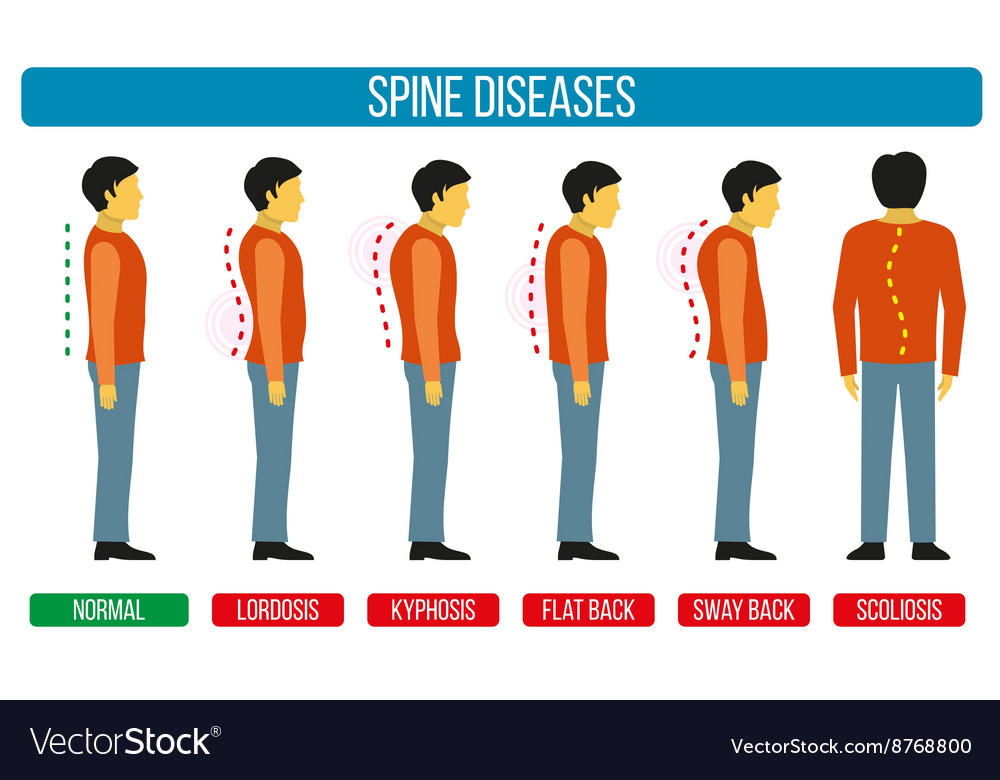As you rest there, maybe really feeling a stab of pain in your neck, have you ever thought the elaborate frameworks that compose your cervical back? Comprehending exactly how the vertebrae, discs, and nerves interact in this region can shed light on why neck discomfort can be so persistent and debilitating. By exploring the structures of cervical spinal column anatomy and its effects for neck discomfort, you may reveal insights that could assist you better take care of or perhaps stop those irritating aches and stiffness.
Value of Cervical Spine Makeup
Recognizing the significance of cervical spinal column anatomy is vital in understanding the intricacies of neck pain. https://pontevedrarecorder.com/stories/new-wellness-center-brings-chiropractic-care-to-nocatee-community,11352 , comprised of seven vertebrae, plays an essential function in supporting the head's weight and assisting in motion. It houses the spinal cord, which sends messages in between the brain and the rest of the body. In chiropractor steiner ranch , the cervical spine secures these delicate nerves and provides structural stability to the neck area.
Moreover, the cervical spine enables a vast array of activity, allowing you to transform your head, turn it sideways, and nod backwards and forwards. Each vertebra has details features and functions that contribute to the general versatility and stability of the neck. Understanding the makeup of the cervical spine can assist you comprehend how injuries or degenerative conditions in this area can cause neck discomfort and related signs.
Parts of the Cervical Spine
When exploring the parts of the cervical back, it becomes apparent that its framework contains 7 vertebrae, labeled C1 to C7, stacked on top of each other. These vertebrae are essential as they provide support to the head and enable a vast array of movement in the neck.
The topmost vertebra, C1, likewise called the atlas, sustains the skull and makes it possible for the nodding motion of the head. Straight underneath C1 is the C2 vertebra, referred to as the axis, which allows for the rotation of the head back and forth.
Relocating down the cervical spinal column, each vertebra plays a vital duty in preserving the spinal column's versatility and stability. In between each vertebra are intervertebral discs that serve as paddings, absorbing shock and preventing the vertebrae from massaging versus each other.
Comprehending the parts of the cervical spine is necessary in understanding how the back functions and its prospective influence on neck pain.
Connection In Between Back and Neck Discomfort
The link between the spinal column and neck discomfort is a vital aspect of recognizing musculoskeletal pain. Your back, particularly the cervical region, plays a considerable duty in sustaining your head and permitting numerous activities. When there's a concern in the back, such as a herniated disc or misalignment, it can directly impact the surrounding cells and nerves, leading to neck discomfort. Poor posture, injuries, and degenerative conditions can all contribute to spine-related neck pain.
It's essential to recognize that the spinal column and neck function as a cohesive device. Any problems or imbalances in the back can cause stress on the neck muscles and tendons, causing discomfort and tightness.
https://neckpainafterminorcaracci06284.weblogco.com/31949023/contrasting-typical-physical-therapy-strategies-vs-new-comes-close-to-for-pain-in-the-back-relief that you have a basic understanding of cervical spine makeup and its connection to neck pain, you can much better appreciate the intricacies of your very own neck discomfort. Remember, the wellness of your cervical spine plays a vital role in supporting your head and helping with motion, so it's important to deal with it with proper position, workout, and normal examinations with a medical care professional. Stay informed and positive regarding your spinal column health to avoid and manage neck discomfort successfully.
